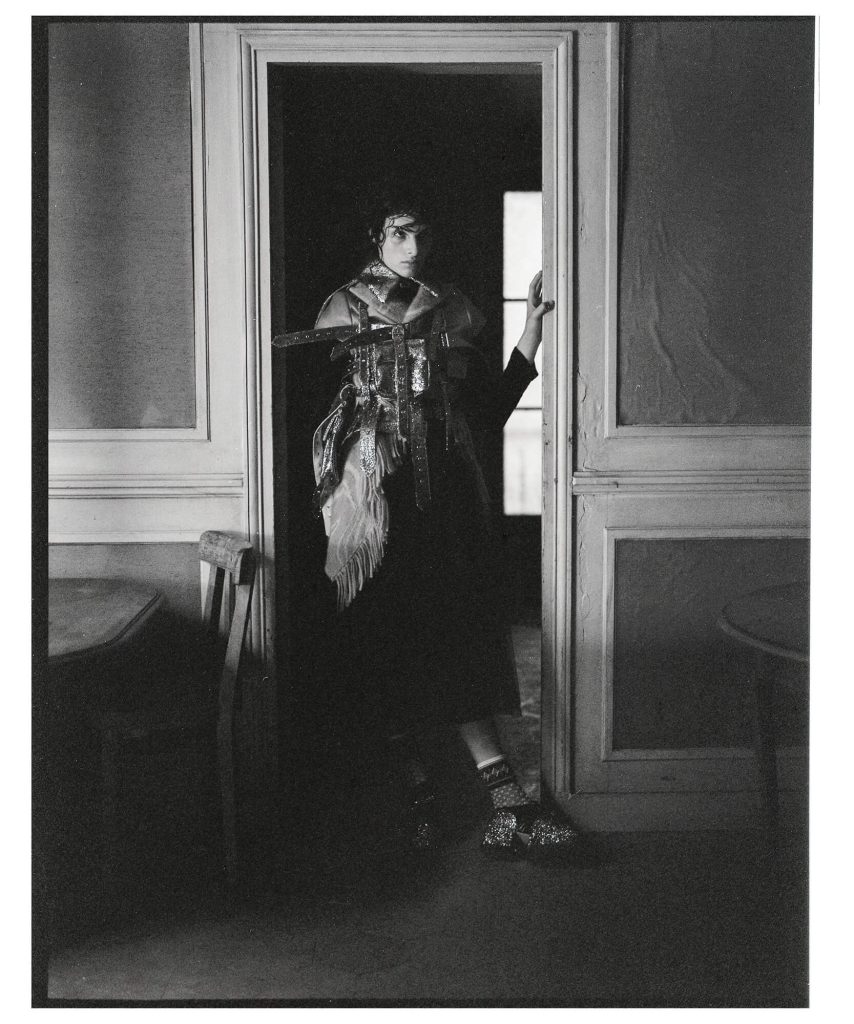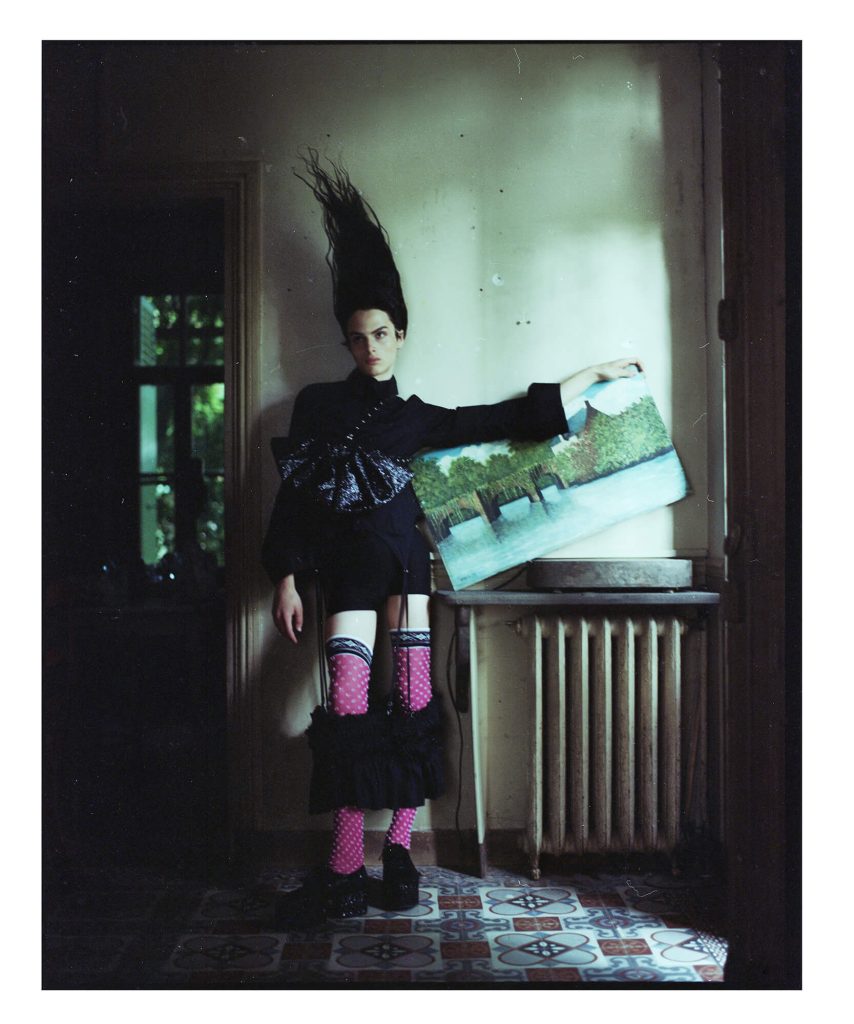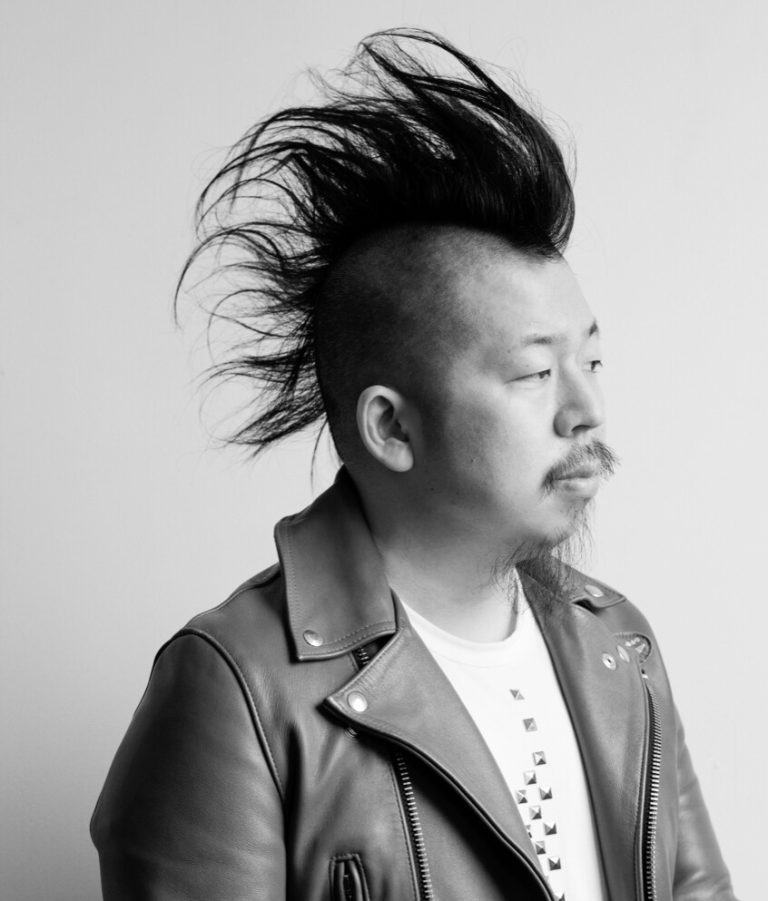Step inside the surreal and beautiful universe of Japanese designer, Kei Ninomiya. Here, reality is intricately crafted and reimagined as complex structures and 3D pieces embellished with silver pearls, tubes, and chains. Ninomiya began his career in fashion as a pattern-maker at Comme des Garçons; there, Rei Kawakubo became his mentor, providing him with new insights into the sartorial world. In 2012, at Kawakubo’s suggestion, his label noir kei ninomiya was born. We sat down with the enigmatic designer for a rare interview in which we discussed his deconstructionist approach to fashion, his design philosophy, and the way his practice draws together tradition and innovation, the past and the future.


hube: You use incredibly complex color palettes in your designs. Where do you draw inspiration from—painting, photography, movies, nature?
Kei Ninomiya: I always use different colours to make the black stand out in a different way. It was my first time using these kinds of colours inr my latest AW2023 collection. I do not have any specific inspiration. It comes mostly from my daily life, and through my everyday experiences at work. Trying to create something new for every new collection is what drives my creation process.
h: Each of your collections presents as a distinctive artistic statement: expressive, complex, and meaningful. Have you considered giving your collections names? How significant are words and text to you?
KN: I do not feel the need to title my collections. Words are not really significant to me. Each person has their own way of interpreting my collections, and everyone can put their own words to them depending on how they feel about them.
h: Many of your pieces evoke fantasy worlds or alternate realities. Do you follow what is going on in the gaming industry, and are you interested in the creation of new digital worlds?
KN: I find new technologies and the recent development of metaverse and new digital worlds very interesting, although they are not necessarily related to my creations.

